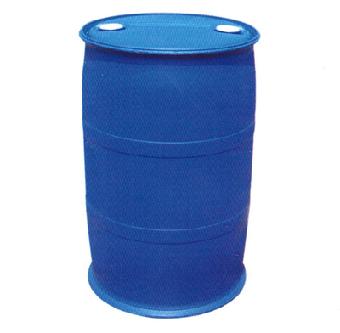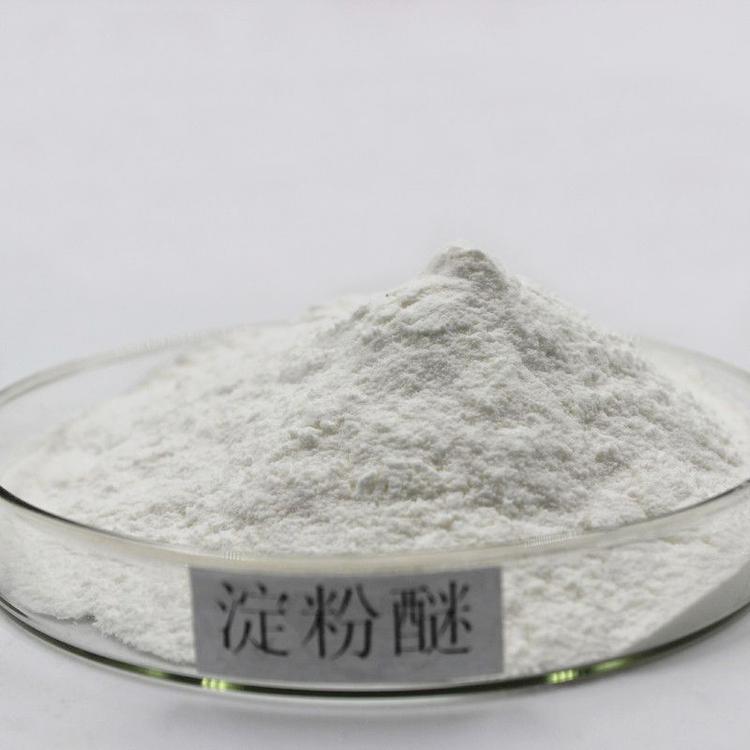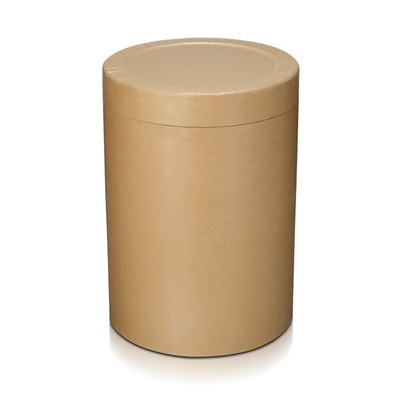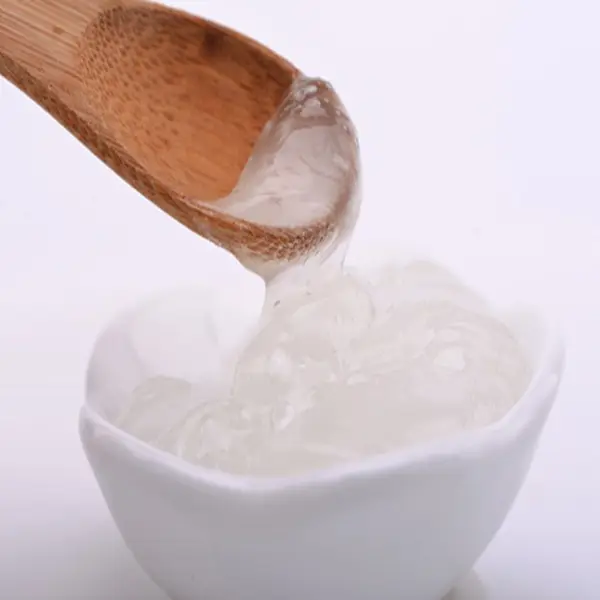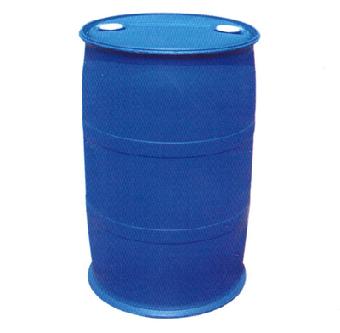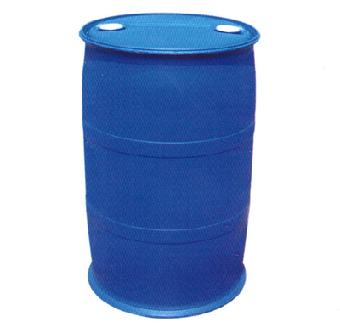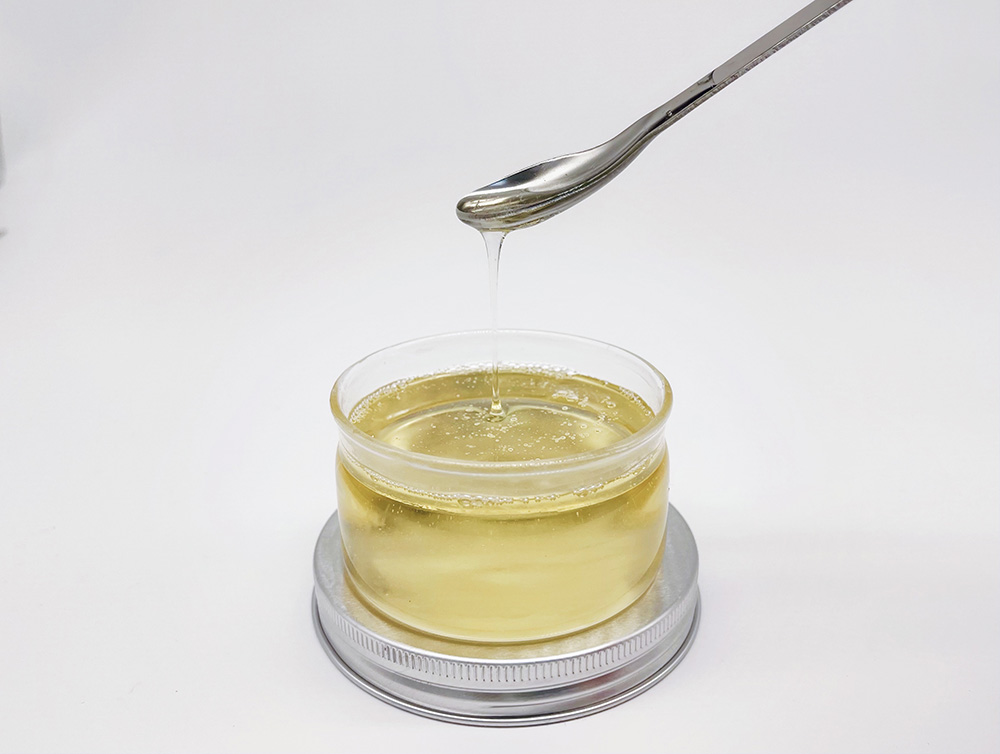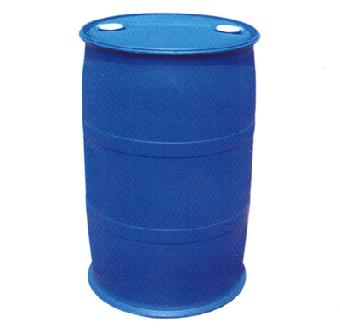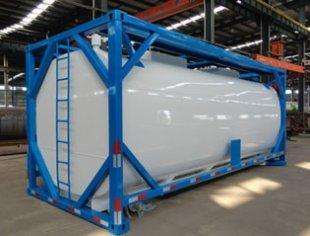Cosmetics
Find
902
related chemicals for you
CAS:26590-05-6
Molecular Formula:C11H21ClN2O
Alias
More Information
Poly(Acrylamide-Co-Diallyldimethylammonium Chloride) Solution; Dmdaac Copolymers; Polyquatemium; 2-Propen-1-Aminium,N,N-Dimethyl-N-2-Propenyl-,Chloride,Polymer With 2-Propenamide; Poly(Acrylamide-Co-Diallyldimethylammonium Chloride), Antistatic Agent; Diallyldimethylammonium Chloride; Acrylamidecopolymer; N,N-Dimethyl- N-2-Propen-1-Aminium Chloride,Polymer With 2-Propenamiole; High Efficient oil-Water Separator Agent; M550
Brief Introduction
This product is used as flocculant for sludge regulation in urban sewage, industrial sewage and wastewater treatment system. It is especially suitable for dehydration of suspended organic sludge and biodegradable sludge such as raw sewage or processing sewage, food processing wastewater, fermentation wastewater, and clarification of various types of industrial wastewater. This product can be used as retention aid in papermaking industry and dewatering of wastewater sludge containing fiber. It is used to treat various mineral slurries in mining and mineral processing. It is also used for oil-water separation, crude oil dehydration and oily wastewater treatment in oil fields and refineries. It is also widely used in daily chemical industry and textile industry.
Suppliers
View More Vendors (5) >
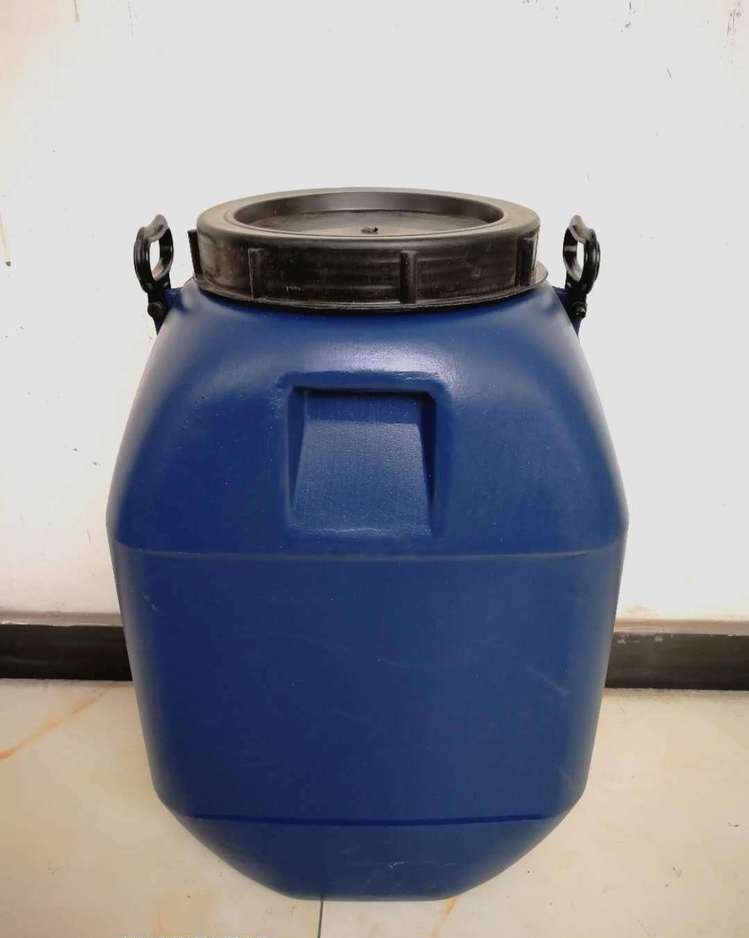
HTS-502:Solid content 10±1%
/
Tech Grade
50kg
/
Plastic Drum
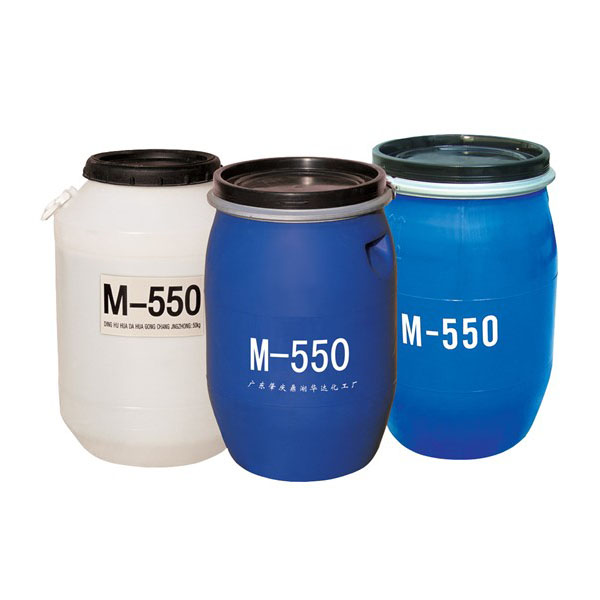
PH value (1% aqueous solution): 3-7; Solid content (%): ≥ 7; Viscosity (25 ℃ MPa. S): ≥ 8500
/
Tech Grade
35kg
/
Plastic Drum
Solid content 9-10%
/
Cosmetic Grade
200kg
/
Plastic Drum
CAS:9049-76-7
Molecular Formula:C31H56O22
Alias
More Information
HPS; Starchhydroxypropylated; Starch 2-Hydroxypropyl Ether; Hydroxypropyl Starch Ether; 2-Hydroxypropyl Starch; Hydroxypropylstrke; Starch, Hydroxypropyl Ether; 5-[6-[[3,4-Dihydroxy-6-(Hydroxymethyl)-5-Methoxyoxan-2-Yl]Oxymethyl]-5-[3-(2,3-Dihydroxy-2-Methylpropoxy)-4-Hydroxy-6-(Hydroxymethyl)-5-Methoxyoxan-2-Yl]Oxy-3,4-Dihydroxyoxan-2-Yl]Oxy-6-(Hydroxymethyl)-2-Methyloxane-3,4-Diol
Brief Introduction
HPS is mainly used as thickener in food industry, especially for frozen food and convenience food. It can provide stable viscosity and ensure water retention under low temperature storage conditions. It can also be used with other thickeners.
HPS can also be used as thickener in meat sweat, sausage, fruit beverage and pudding. It can also provide a fine, thick, clear and particle free structure, and maintain this structure at various storage temperatures, including frozen state, without any other miscellaneous flavor.
HPS can also be used as the base material of chewing gum, which has good elasticity and chewability.
Suppliers
View More Vendors (5) >
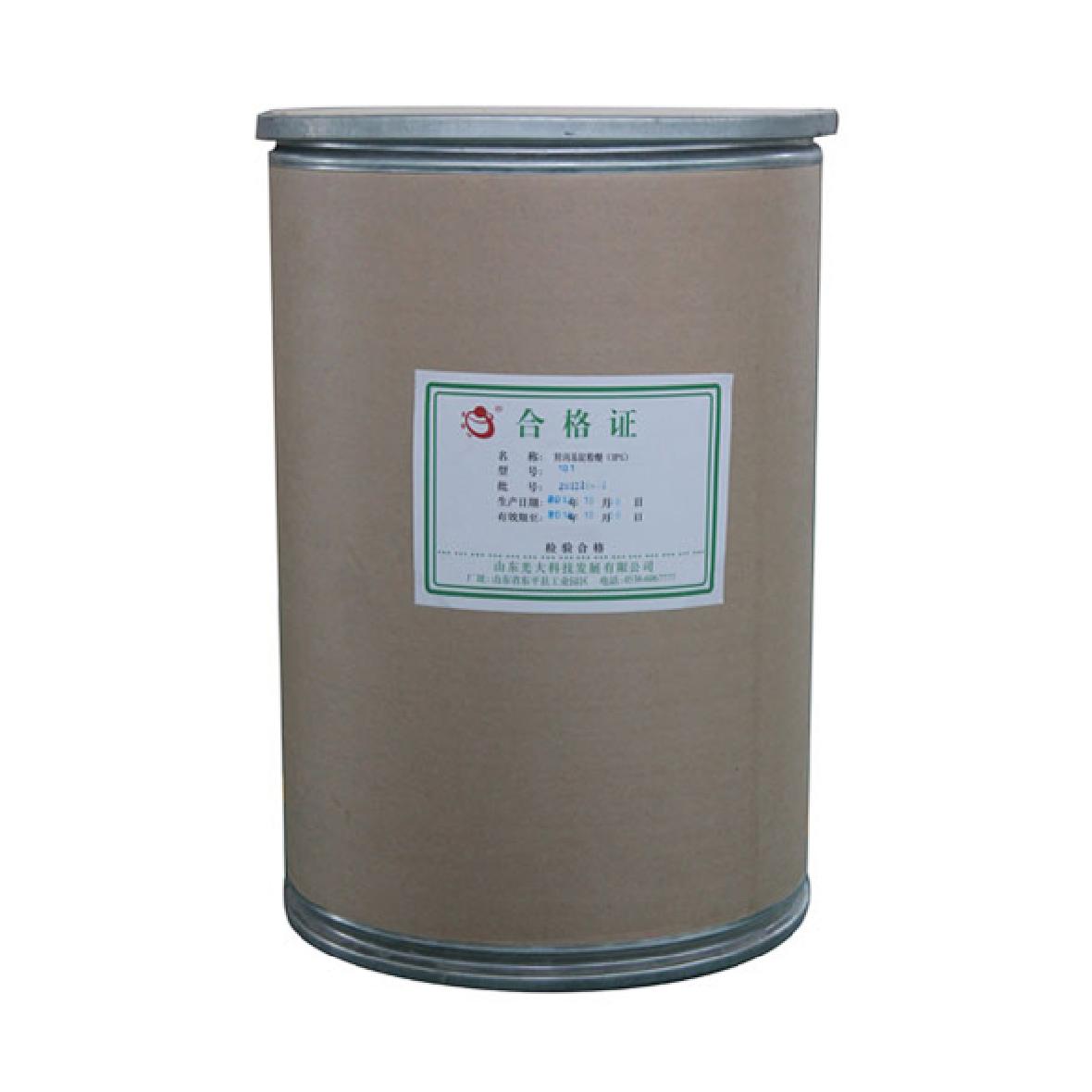
Enterprise standard;Moisture ≤ 15%
/
Food Grade
25kg
/
Fibre Drum
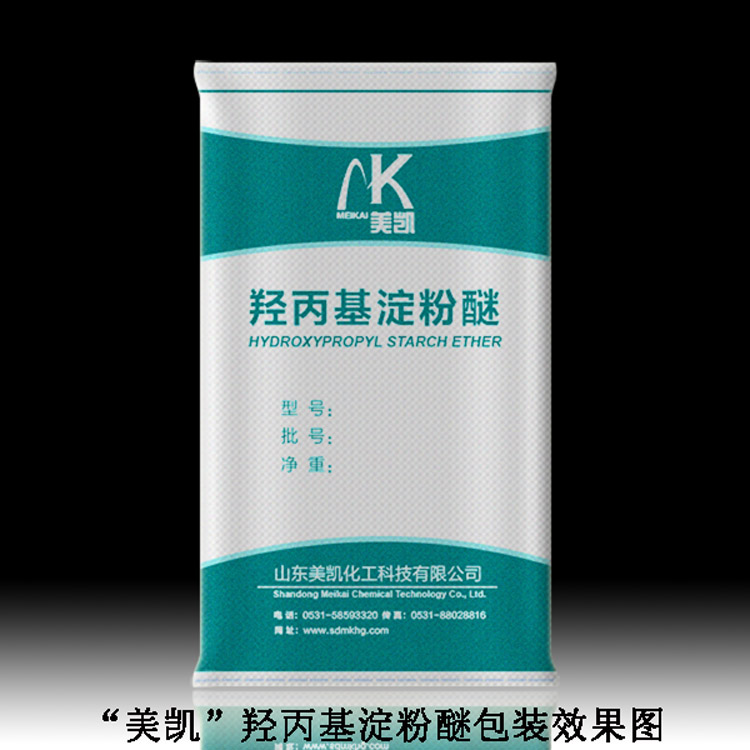
Hydroxypropyl content: (20-40)%, Viscosity (mPa.s, %5 aqueous solution): 400-3000
/
Tech Grade
25kg
/
Woven Bag
CAS:68585-34-2
Alias
More Information
Sodium Alkylether Sulfate; Lauryl Ether Sulfate Sodium; Anionic Surfactants; Fatty Alcohol Polyoxyethylene Ether Sodium Sulfate; AES; SLES; SLES70%; Lauril Eter Sulfato De Sodio; Texapon; Lauril ETER Sulfato DE Sodio - 70%; sles 70; Alcohol Ethoxylate Sulfated Sodium Salt; 9004-82-4; 151-21- 3; SLES-90; Lauril eter Sulfato de Sodio 25; Sodium Laureth; Sodium Lauryl Ether Sulfate 70%,sles 70; SLES 70%; Ether Lauril Sulfato
Brief Introduction
It is an important surfactant and the main component of liquid detergent. It is widely used in daily chemical, personal care, fabric washing, fabric softening and other industries.
Suppliers
View More Vendors (4) >
<Invalid Value>
70
/
Tech Grade
170kg
/
Plastic Drum
CAS:68603-42-9
Alias
More Information
Cocamide DEA; Cocodiethanolamide; COCO Diethanolamide; N,N-Bis(Hydroxyethyl)Coco Amides; Coconut Oil Acid Diethanolamine; N,N-Bis(Hydroxyethyl)Coco Fatty Amides; Amides,Coco,N,N-Bis(2-Hydroxyethyl); Clindrol200Cgn; Clindrol202Cgn; Clindrolsuperamide100Cg; Coconutacid,Diethanolamide; Cocamide Diethanolamine
Brief Introduction
Coconut Diethanolamide can be used as surfactant. It is a light yellow to amber viscous liquid, which is easy to dissolve in water. It has the functions of good foaming, foam stabilization, penetration and decontamination, anti hard water and so on.
Suppliers
View More Vendors (4) >
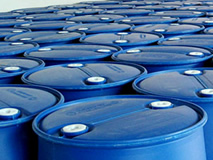
PH value (1% aqueous solution): 9-11; Solid content (%): ≥ 95; Amine value (mgKOH / g) ≤ 45
/
Tech Grade
200kg
/
Plastic Drum
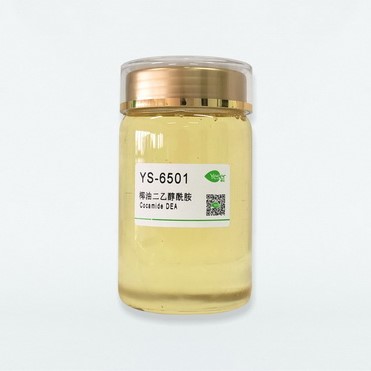
1: 1Type; Excellent products: ≥ 78.0% Qualified products: ≥ 77.0%
/
Tech Grade
200kg
/
Plastic Drum
CAS:75-65-0
Molecular Formula:C4H10O
Alias
More Information
T-Butyl Alcohol; Tertiary Butanol; 2-Propanol, 2-Methyl-; TBA; Tertiry Butyl Alcohol; Trimethylcarbinol; Tert-Butyl Alcohol; T-Butyl Hydroxide; 1,1-Dimethylethanol; Trimethyl Methanol; 2-Propanol,2-Methyl; 2-Methylpropan-2-Ol; tert Butyl Alcohol; Tertiary Butanol Anhydrous; Tertiary Butanol (TBA)
Brief Introduction
Tert-butanol is a kind of colorless oily liquid with strong alcohol smell, which is mainly used as organic solvent, chemical raw materials for the preparation of drugs and spices. In the field of agriculture, tert-butanol is an important intermediate of buprofezin, fenozide, tebufenozide, pyridaben and buprofezin. In the field of chemical industry, tert-butanol is often used as fuel additive for internal combustion engine (preventing carburetor from freezing) and antiknock agent. It can also be used as intermediate of organic synthesis and alkylation raw material for producing tert butyl compounds, and can produce methyl methacrylate, tert butyl phenol, tert butylamine, etc.
Suppliers
View More Vendors (4) >
Weifang Yihe Biotech Co.,Ltd.
99.5%
/
Tech Grade
180kg
/
Iron Drum
Zibo Haizheng Chem Co.,Ltd.
99.5
/
Tech Grade
180kg
/
Iron Drum
Inquiry (
10
/ 10
)
Clear All
You can inquire for up to 10 products at a time
Sign In
Error!

